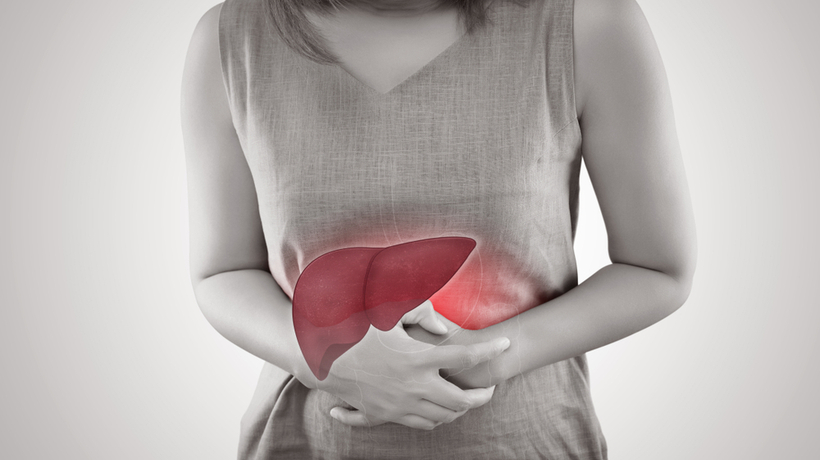Gallbladder cancer is defined as an abnormal cell growth in the gallbladder. Almost all cases of gallbladder cancer are adenocarcinoma, which is cancer that starts in gland-like cells that line the body.
The gallbladder is a small, pear-shaped organ on the right side of your abdomen, resting just below your liver. It stores bile, which is a digestive fluid that is produced by your liver.
Gallbladder cancer is rare. When this type of cancer is discovered in the early stages, the prognosis is often very good. However, most gallbladder cancer is not found until it’s in the advanced stages; only one out of five cases of gallbladder cancer is found in the early stages.
According to the Mayo Clinic, signs of gallbladder cancer include:
Possible Signs of Gallbladder Cancer
- Abdominal pain most often in the upper right part of the abdomen
- Abdominal bloating
- Losing weight without trying
- Jaundice causing yellowing of the skin and whites of the eyes
While there are no clear causes of gallbladder cancer, some risk factors, according to the Mayo Clinic, include:
Risk Factors of Gallbladder Cancer
- Gallbladder cancer occurs three to four times more often in women than in men.
- Gallbladder cancer is more often seen in older people than younger people. It is most commonly found in people 65 or older. The average age of diagnosis is 72.
- Gallbladder cancer is most common in people who have gallstones or have a history of gallstones. Gallstones are a small build-up of cholesterol and other substances that can cause inflammation.
- Other gallbladder diseases and conditions increase the risk of gallbladder cancer. This includes gallbladder polyps, chronic inflammation and infection.
- Primary sclerosing cholangitis can cause inflammation of the bile ducts, causing them to be unable to drain bile from the gallbladder and liver. This increases the risk of gallbladder cancer.
For more information on gallbladder cancer, including treatment options, visit www.Mayoclinic.com.



